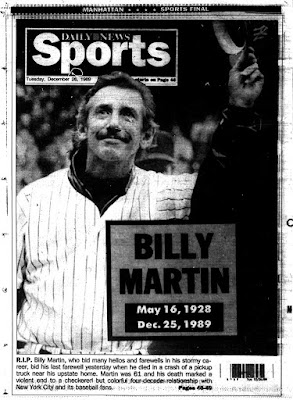 |
| Mort Nell armed with a 16mm camera. |
Mort Neff graduated from the University of Michigan with a double major in journalism and electrical engineering. Upon graduation in 1927, Neff began writing an outdoor sports column for a small newspaper in Detroit. In 1942, the Michigan Conservation Department asked Neff if he would be interested in doing a recorded radio show. At first, he did his recording from a small studio, but Neff drew upon his background in electronics to devise a battery pack to power a wire recorder for remote reporting from the fields and streams of lower Michigan.
In 1946, Neff learned to fly and used his single engine Piper Apache to cover outdoor stories all over Michigan including the Upper Penisula, which at that time was accessible only by slow-moving ferry boats that took hours of waiting in your car before boarding. Neff surprised ice fishermen by landing his plane on frozen lakes and interviewing the anglers with his battery-powered wire recorder.
 |
| Mort Neff and his Piper Tri-Pacer on Brighton Lake with ice fisherman. |
Neff's only experience was behind the camera. Of his early days in television, Neff said, "I was awful. Who had any idea how to do a television show? Nobody!" But despite his lack of experience as on-air talent, the show became an immediate Thursday night hit and one of the most popular programs on Detroit television.
Mort Neff soon became a local television personality and a much sought-after luncheon and banquet speaker around Detroit. Michigan Outdoors brought out the ham in Neff. He enjoyed his new-found celebrity and soon sold his ad agency. Mort had discovered his life's work.
Neff and his various cohorts over the years filmed segments on sportsmanship, hunting, and fishing, as well as wildlife and habitat conservation. Michigan Outdoors prided itself on giving accurate, up-to-date information on current hunting and fishing conditions in Michigan. The Catch of the Week feature was one of the most popular segments of the show.
If Neff mentioned on his Thursday night show an area where hunting was good or a lake where the fish were biting, 200 to 300 Detroit area sportsmen could be expected for the weekend trek up north, which sometimes caused problems for local residents. Often county roads were not adequate to handle the onrush of city traffic. Getting "Neffed" was not always welcomed by county officials. After some negative publicity, the show developed a policy of not reporting specific hotspots in favor of regional locations.
When Mort worked for the Michigan Conservation Department decades earlier, he learned that the South American country of Chile imported rainbow trout eggs from them in 1918. The eggs were hatched and the fry released into the Chilean mountain river system. Neff always wondered what happened with that forty-year-old project. Now, he was in a position to find out. He organized a two-week expedition with a film crew and a few friends to report on the original project and catch some rainbow trout.
Mort and his cohorts discovered that Chilean rainbow trout grew larger and faster than their Michigan cousins. "On average," Neff said, "a two-pound rainbow would reach six pounds in Chile. When we cleaned our first catch, their bellies were full of crabs the size of half-dollars found only on the river beds of the Andres Mountains. My fishing friend Buck Newton from Traverse City caught a rainbow over 21 pounds. It sounds like a fish story, but we have film and the photos to prove it."
On the strength of his successful Chilean fishing trip, Neff was recruited as an outdoor correspondent for ABC's American Sportsman hosted by Curt Gowdy. ABC producers financed Neff and a film crew for several more South American fishing trips which were featured on the network show giving Neff national exposure.
In 1971, Michigan Outdoors moved from WWJ-TV (channel 4) to WXYZ-TV (channel 7). As the 1970s wore on, American attitudes about hunting changed. Sportsmanship and conservation were always central to Neff's outdoor narrative, but his audience was aging and younger viewers were not tuning in.
In response to this new trend, Neff told reporters, "I think the hysteria over ecology has been overdone. Sportsmen and conservationists were working on the environment long before it became fashionable. I do think it is good that more people are aware and interested in preserving our natural resources and protecting the environment." Michigan Outdoors continued to lose audience market share until it was cancelled on January 7, 1977.
Neff wasn't bitter. He told the Detroit Free Press that "My wife Maureen and I decided twenty-three years was long enough to support the tremendous burden of a weekly television program, and we're ready to move on. I've been lucky. I've had one of the most golden careers ever." The Neffs retired and built a beautiful summer home just north of Harbor Springs.
Mort Neff passed away from a stroke at the age of eighty-six on Wednesday, August 15, 1990 at Northern Michigan Hospital in Petosky. Ten years before he died, Mort selected the tree to make his coffin, had it sawed into planks, and asked his neighbor Bill Glass to build it. Bill kept telling Mort it wasn't time yet. Mort brought the subject up one last time two weeks before his death. Bill Glass began building the pine box on Thursday for Friday's private funeral service at Harbor Springs Presbyterian. Mort was laid to rest in the coffin lined with cedar boughs cut by his family members.
World Adventure Series hosted by George Pierrot










